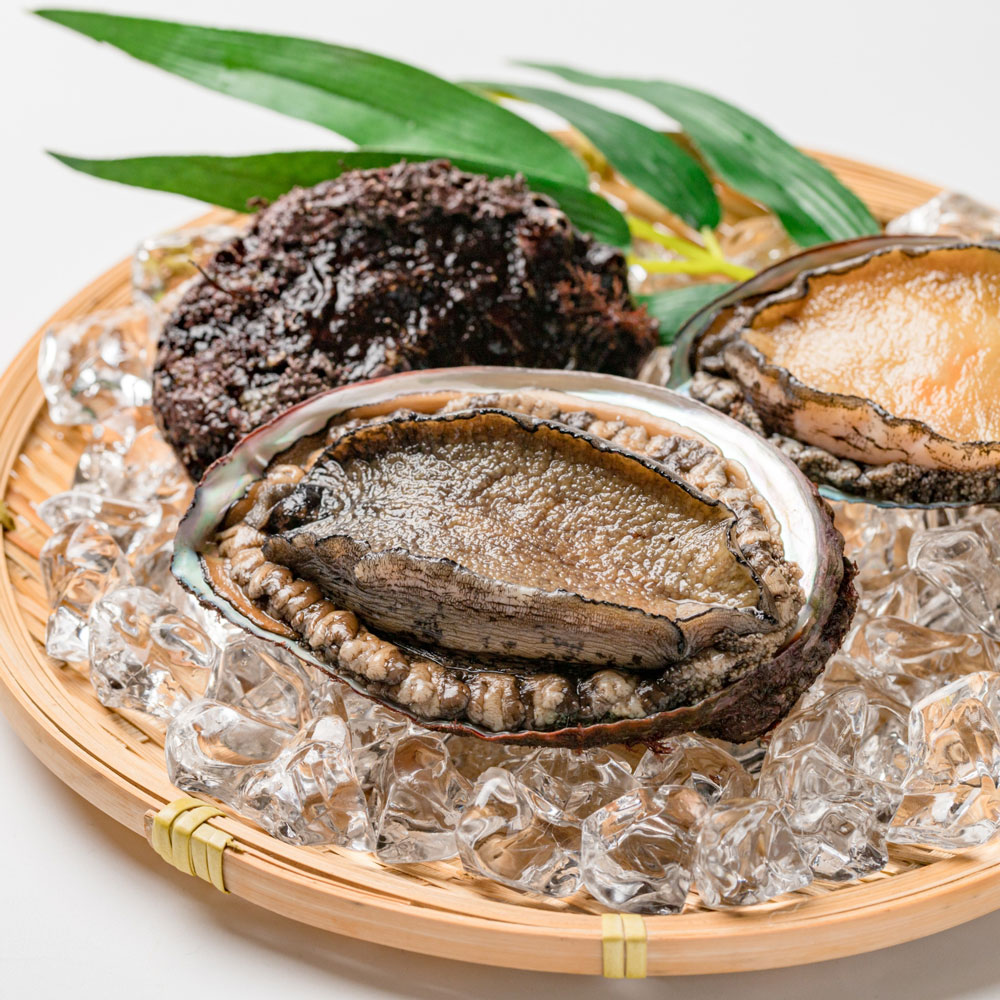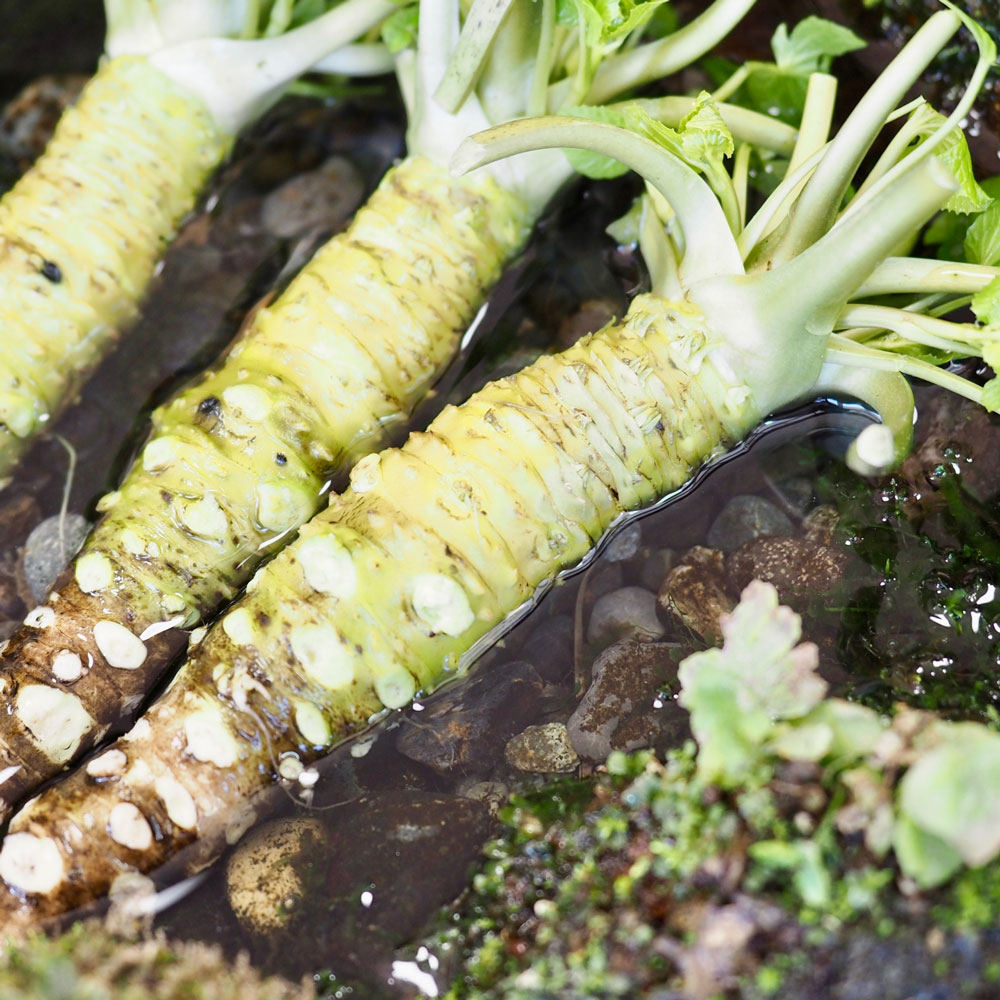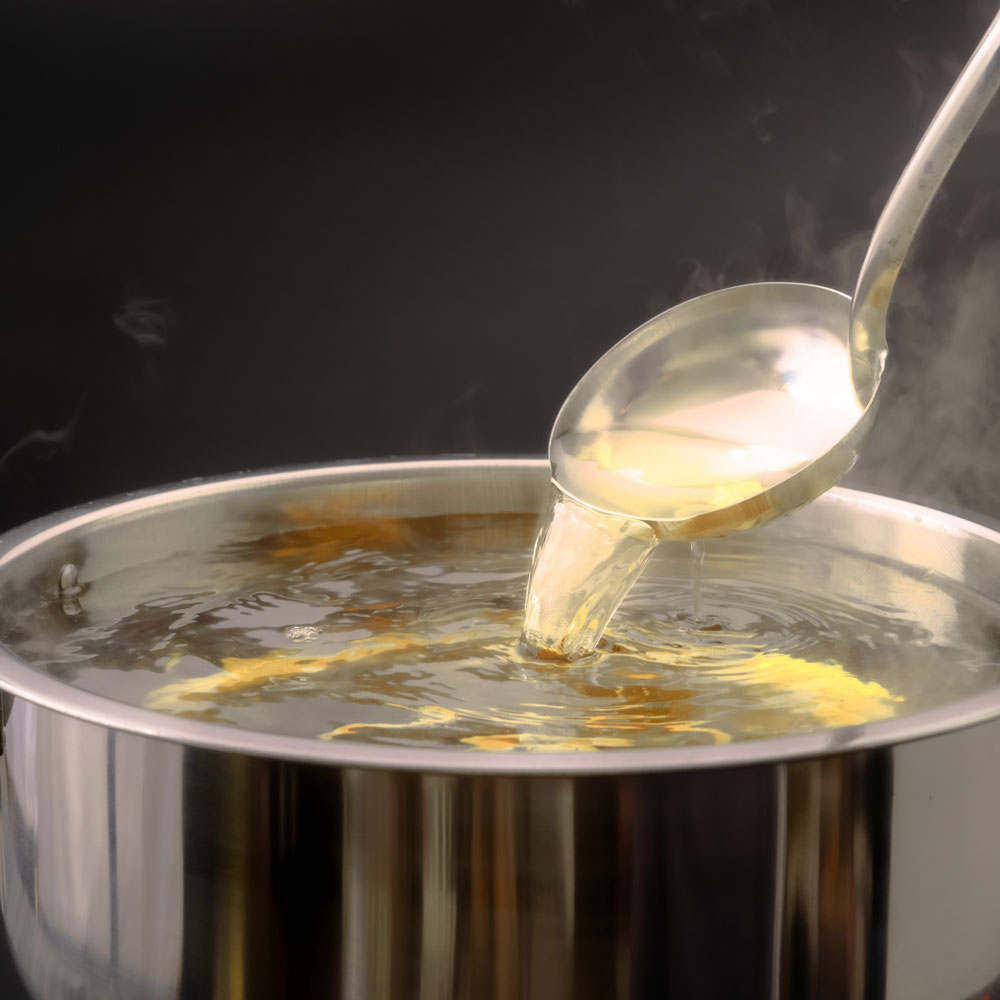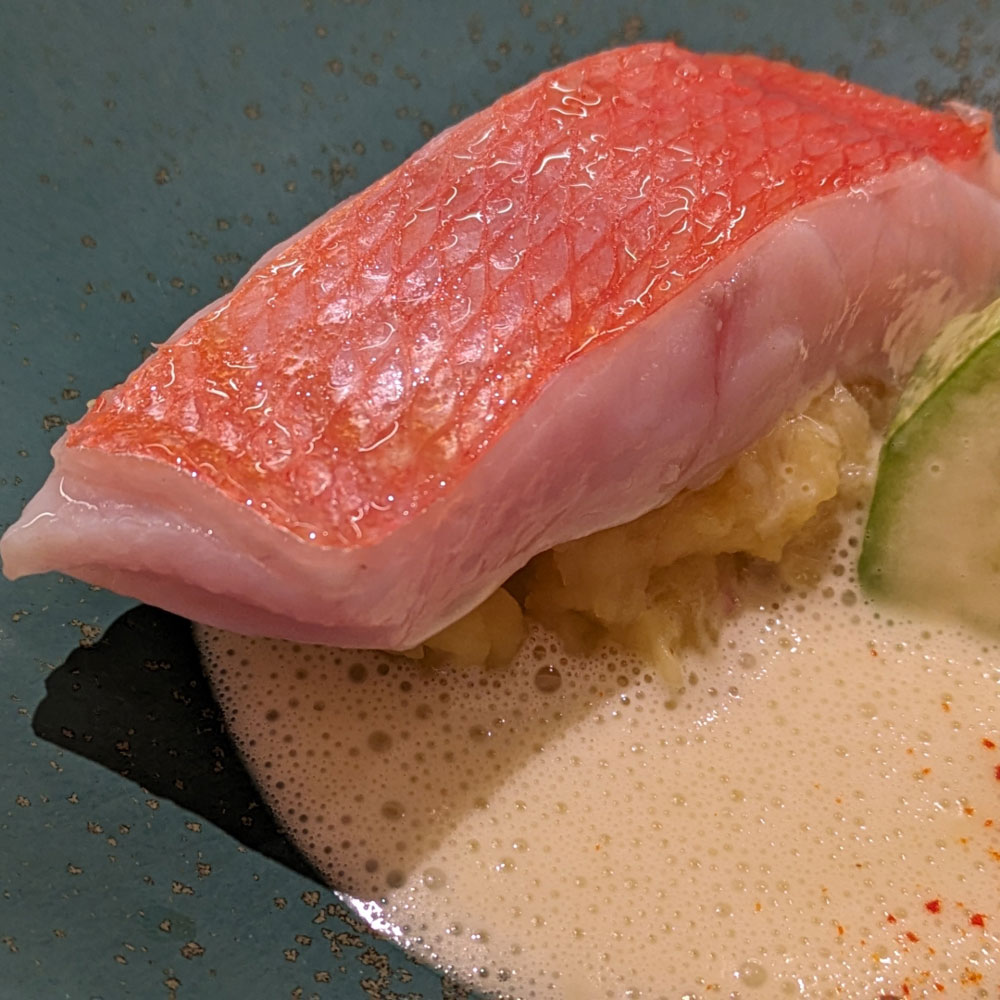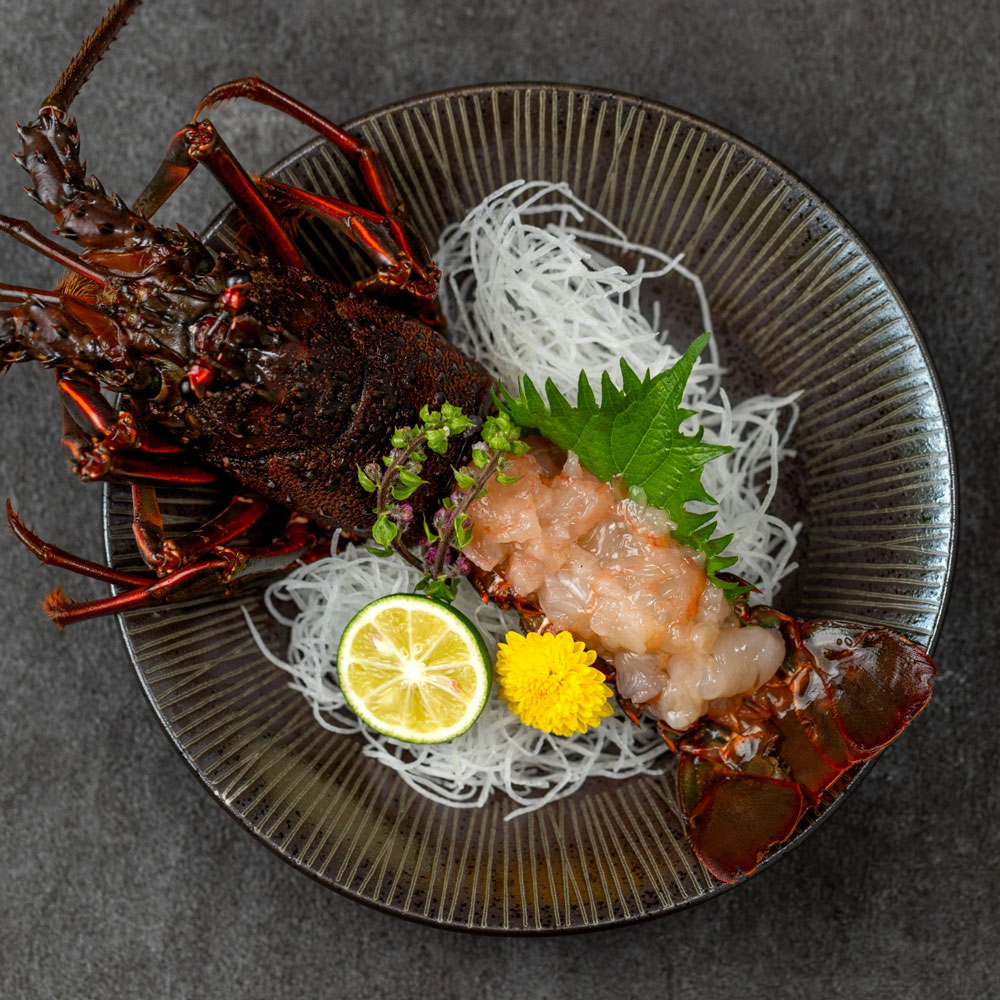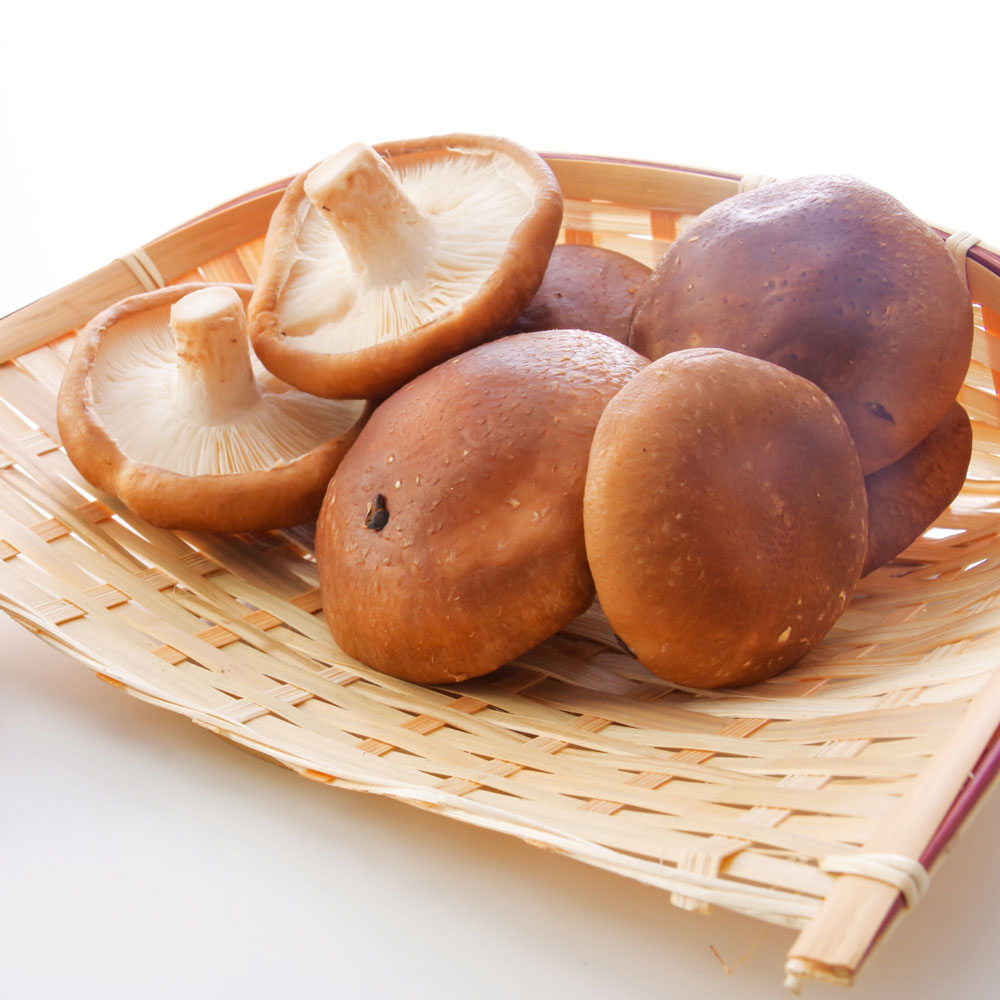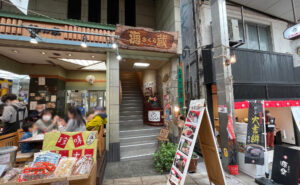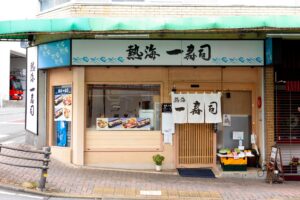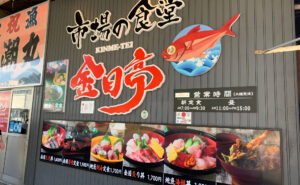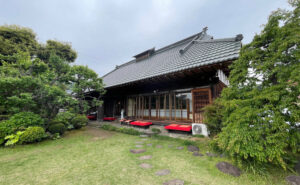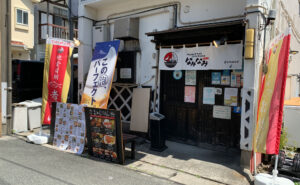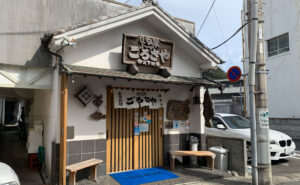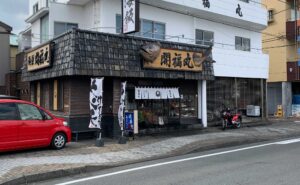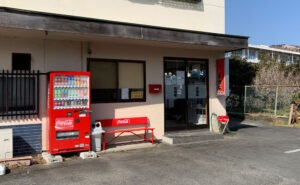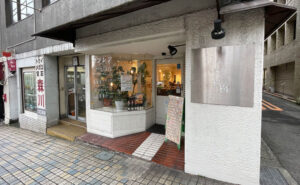Izu gourmet
The charm of the Izu Peninsula lies not only in its stunning scenery and history and culture, but also in its fresh ingredients such as seafood and mountain produce, and the food culture that has been cultivated in the region!
Izu gourmet information
海鮮 海蔵
寿司 熱海一寿司
海鮮「金目亭」
蕎麦処 多賀
海鮮「なみなみ」
海鮮「ごろさや」
海鲜“海福丸”
ラーメン「高橋家」
レストラン「キッチン樹樹」
ラーメン「吉田家」
海鮮「開福丸」
海鮮「味里」網代本店
海の幸
There are many different kinds of food in Izu, but seafood is the best. It is sandwiched between Suruga Bay and Sagami Bay, and the Kuroshio Current flows off the coast of Shimoda. There are many fishing reefs called "Oo-ne", and many fishing villages and ports can be seen around the Izu Peninsula.
In addition to the migratory fishes of yellowtail and horse mackerel, it is also a place where sea bream, rockfish, squid, octopus, spiny lobster, mantis shrimp, and the world's largest crab, the spider crab, are produced. Shellfish are also abundant, and turban shells and abalone are famous. In Numazu, where Suruga Bay is located, you can eat deep-sea fish that are rare in the country.
The famous golden-eyed snapper, a luxury food, is also a specialty of the east coast of Izu. It is difficult to find golden-eyed snapper sashimi, but there are restaurants in Izu that serve it as sashimi while it is still fresh.
One ingredient that is not often available is the "tokobushi", a shellfish that looks like a small abalone. The flesh is softer than abalone and has a concentrated flavor, making it very delicious.

Mountain delicacies
Shizuoka Prefecture is famous for its wasabi, which has been recognized as a Globally Important Agricultural Heritage System. Shizuoka Prefecture produces more than 70% of the nation's wasabi, and the main production areas in the prefecture are Shizuoka, Izu, and Hokushun.
Izu is rich in spring water, a blessing from the Amagi mountain range, and wasabi has been cultivated there since ancient times. As you know, it goes great with seafood, further enhancing the delicious ingredients.
In addition to seafood and soba, steaks and yakitori are also popular, and in Kawazu, the "wasabi bowl" made with only wasabi and bonito flakes is also popular.
Log-grown shiitake mushrooms are also cultivated here, and Izu is the top producer of the Minister of Agriculture, Forestry and Fisheries Award at the national dried shiitake mushroom competition, with most of them being "donko shiitake mushrooms."
When you think of wasabi and shiitake mushrooms, you think of "soba." There are many soba restaurants in Izu, from inaka soba to sarashina soba. The taste varies depending on your preference, so we hope you will enjoy comparing the different varieties.

Japanese dashi culture
One of the defining features of Japanese cuisine is the culture of dashi stock, and the katsuobushi (dried bonito flakes) produced in the Nishiizu region make excellent dashi stock.
It is said to have twice the umami content of regular katsuobushi, thanks to the time-consuming "tekazanshiki" traditional method that has been used since the Edo period.
In addition to the typical katsuobushi and shiitake mushrooms, you can also find dried sardines and, in the Toi region, flying fish, known for "ago dashi." You can buy these dashi stocks in various regions of the Izu Peninsula, so be sure to pick some up as souvenirs.

Sweets
Fruits have been cultivated in mountainous areas since ancient times, and fruits and sweets have been popular, but in Atami recently, sweets have been lining up.
One of the things to look forward to is the 〇〇 soft serve ice cream, which is made with ingenuity in each region.
Do you know the phantom "white biwa" in Toi? It has a history of being presented to the Emperor, and was presented with an award by His Majesty at the 50th National Tree Planting Festival. It has an exquisite balance of sweetness and sourness, and is only found in the Toi area in the whole country, and is a rare product that is only produced by a few farmers today. It is harvested and sold for a short period from late May to early June.
Onsen manju has been a specialty product since ancient times, so Japanese sweets are also made in various places. There is also a website called 25 local puddings from all over Izu, so please enjoy it!
"Gourmet" category divided into seven categories
- "Seafood" ▶ Restaurants that serve seafood dishes, a specialty of Izu
- "Soba" ▶ Restaurants that serve soba noodles made with wasabi and shiitake mushrooms
- "Japanese food" ▶ Restaurants that serve Japanese food eaten with chopsticks, not just seafood
- "Sushi" ▶ Restaurants that serve "sushi" made with seafood
- "Yakiniku" ▶ Restaurants that serve meat that you can grill yourself
- "Restaurant" ▶ Restaurants that serve meals eaten with a "fork and knife"
- "Ramen" ▶ Restaurants that specialize in ramen
- "Yakitori" ▶ Restaurants that serve "yakitori"
- "Small restaurants/Izakaya" ▶ Restaurants that serve snacks and small dishes that go well with alcohol
- "Chinese" ▶ Restaurants that serve a wide range of Chinese dishes, not just ramen
- "Sweets" ▶ A category that includes coffee shops, etc.
- "Bars/Snacks" ▶ Restaurants that serve alcohol, where you can enjoy conversation with the bartender or barmaid
- "Cabaret clubs/clubs" ▶ Social establishments where you can enjoy conversation with staff called hostesses
- "Other" ▶ Restaurants that do not fall into the above
